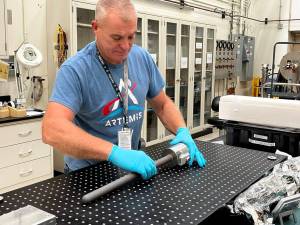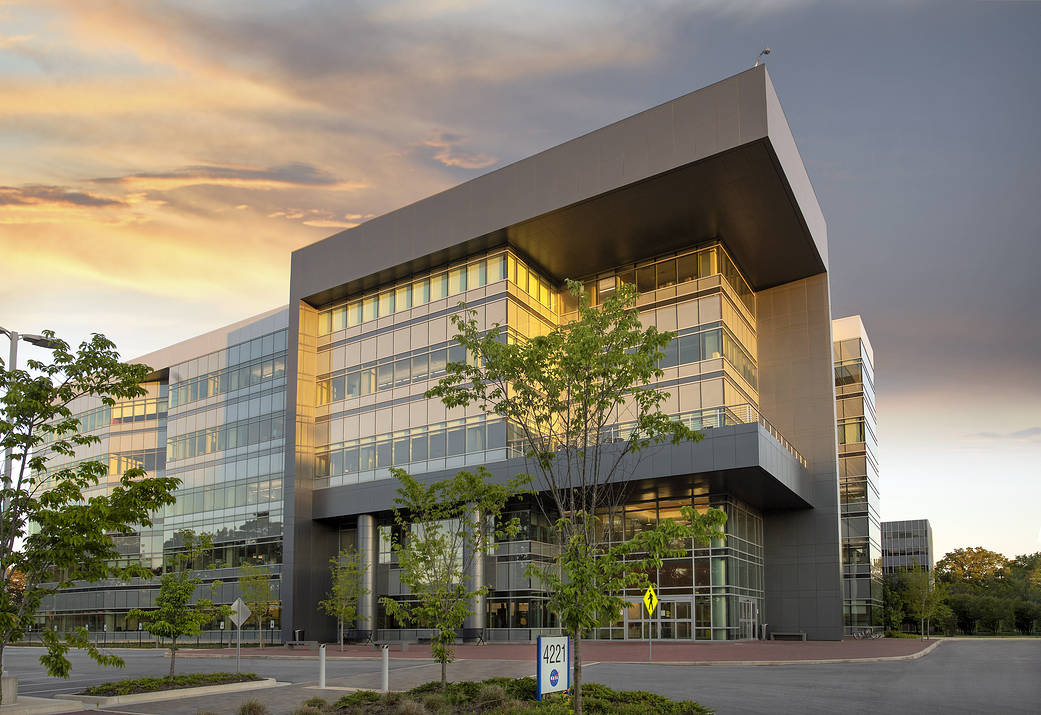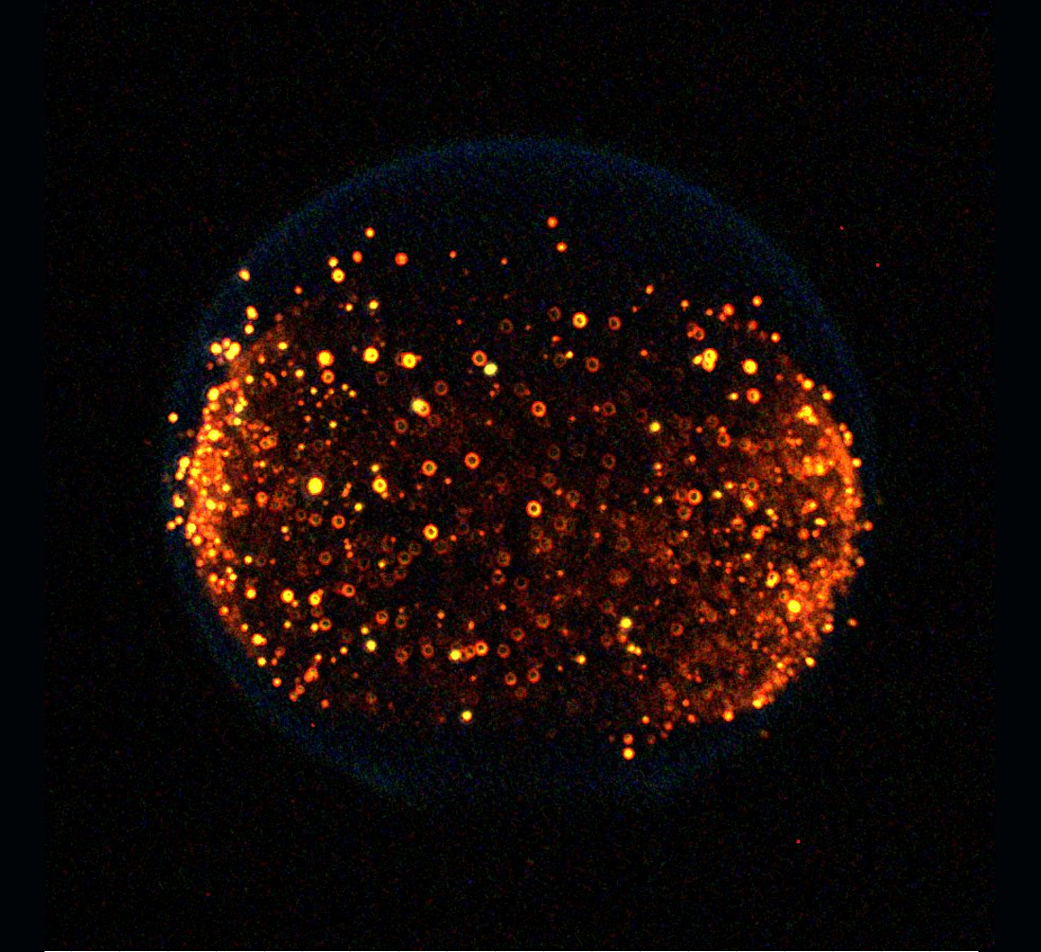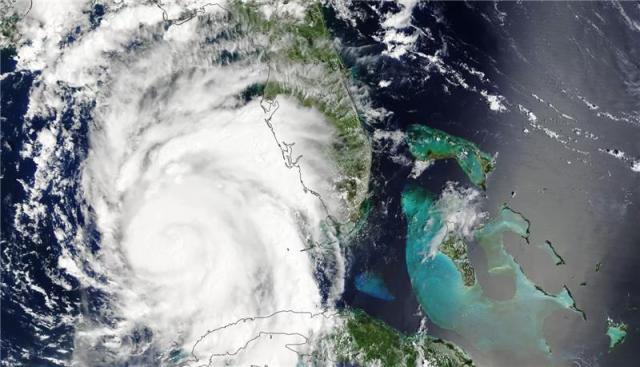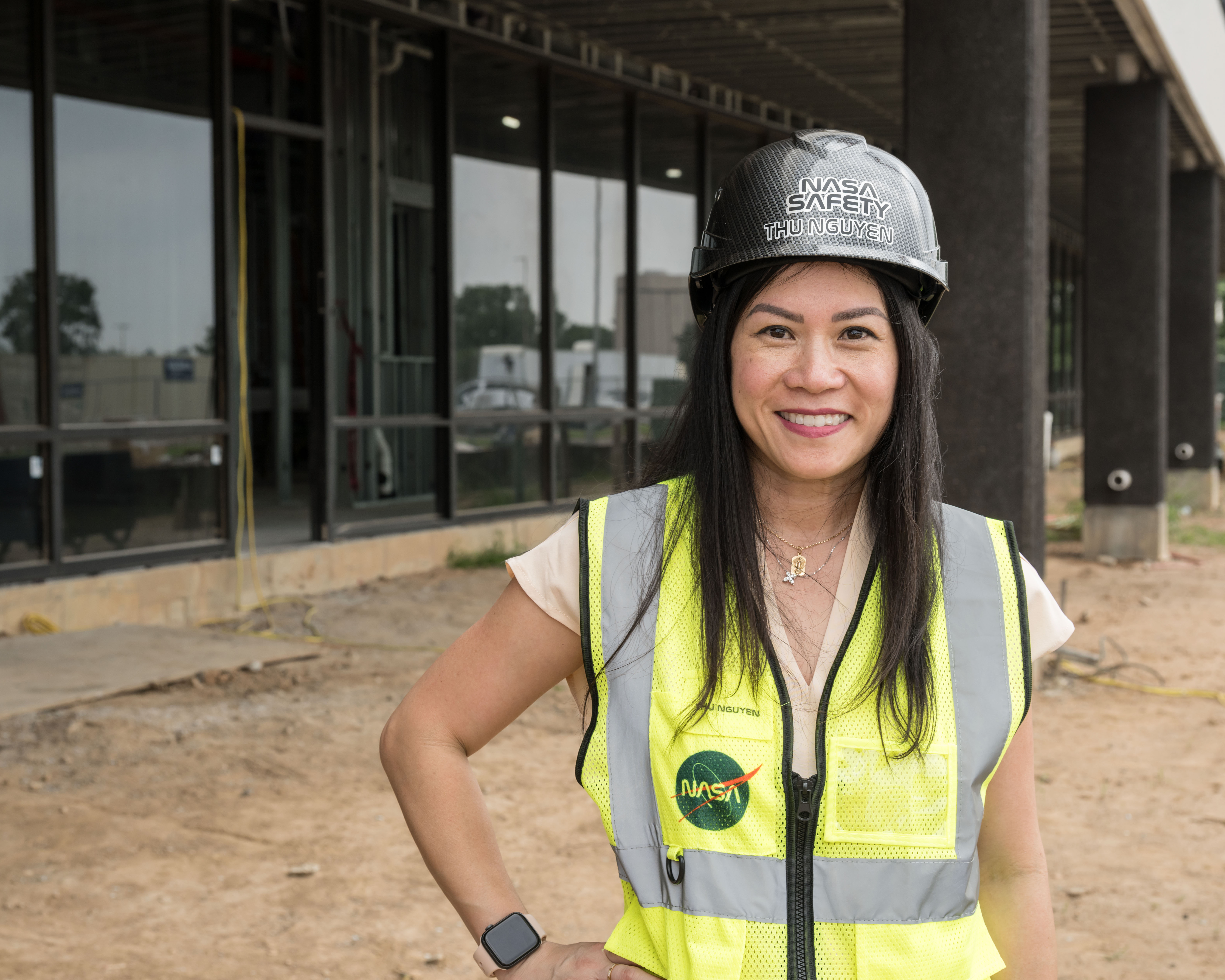NASA Marshall Team Supports Safe Travels for Space Station Science
By Jessica Barnett During the International Space Stations more than 25 years of operation, there have been more than 3,000 experiments conducted aboard the microgravity laboratory and making sure scientific samples are kept safe through launch, spaceflight, experimentation, and the return trip to Earth takes a great deal of planning, testing, and preparation across NASA. […]
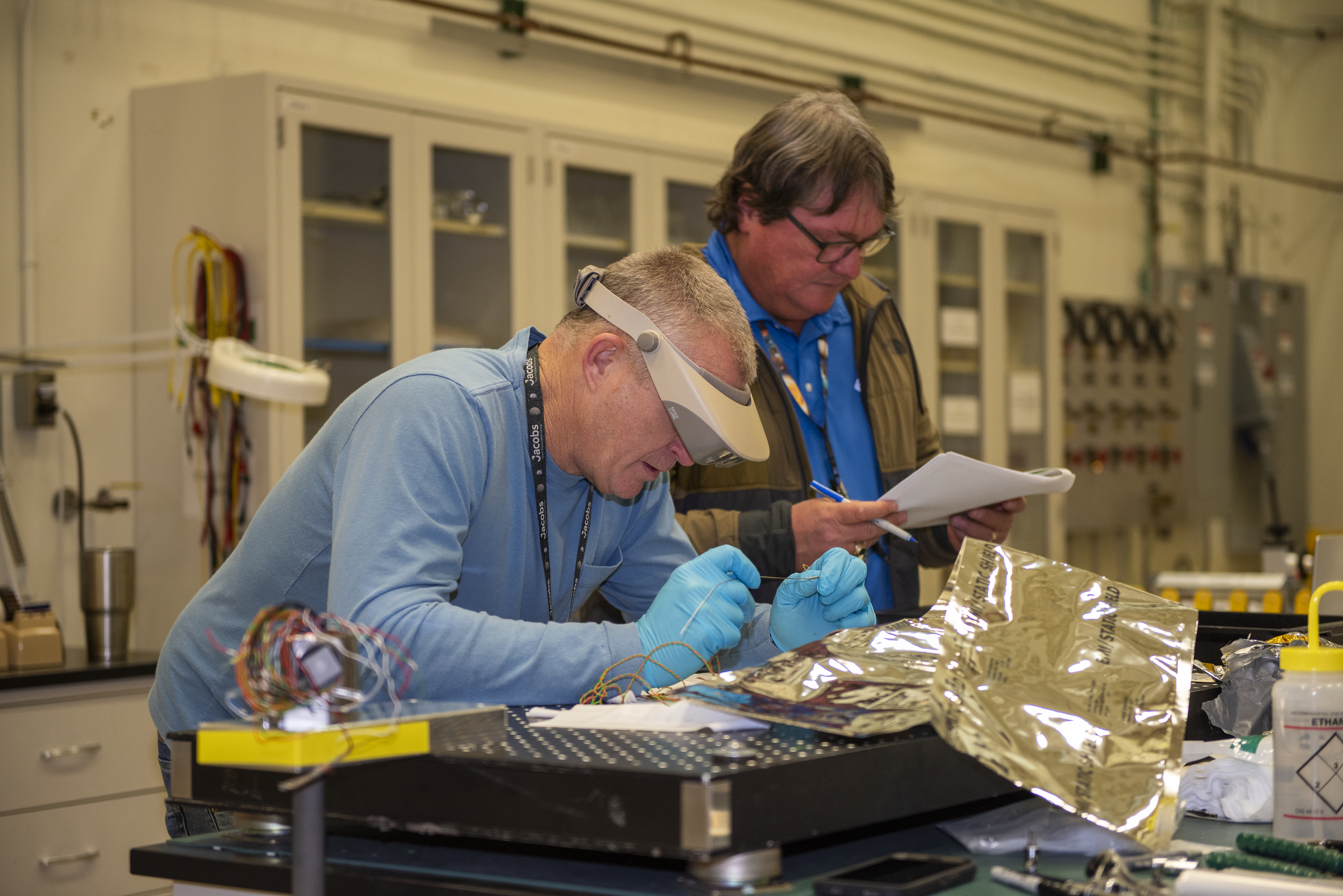
3 min read
Preparations for Next Moonwalk Simulations Underway (and Underwater)
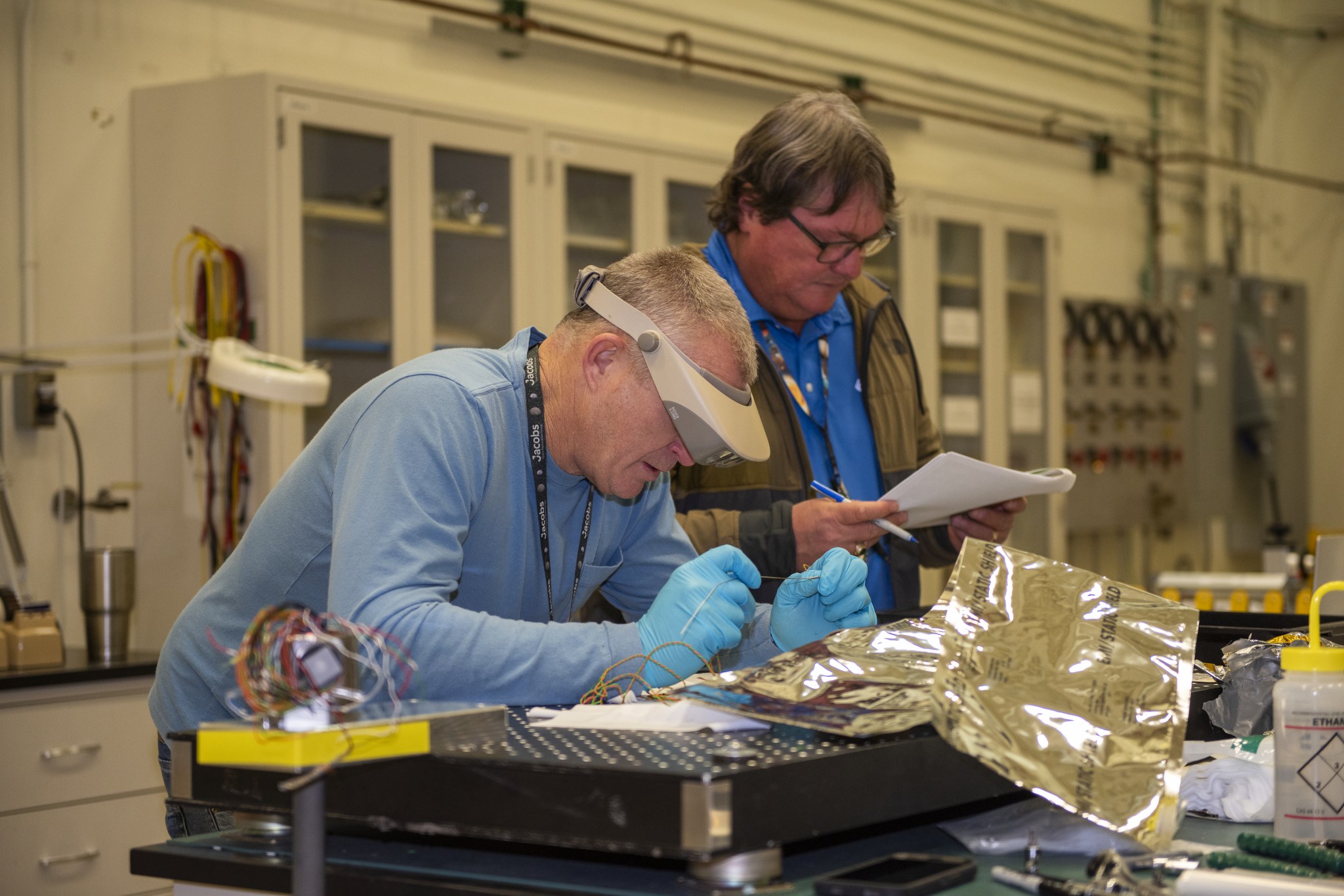
By Jessica Barnett
During the International Space Stations more than 25 years of operation, there have been more than 3,000 experiments conducted aboard the microgravity laboratory and making sure scientific samples are kept safe through launch, spaceflight, experimentation, and the return trip to Earth takes a great deal of planning, testing, and preparation across NASA.
In February, team members at NASA’s Marshall Space Flight Center in Huntsville, Alabama, handled the de-integration of zinc selenide-based crystals grown on the space station as part of an experiment to study how a lack of gravity might affect the crystals’ growth and structure. The experiment was conducted using six sample cartridge assemblies heated up to 1,200 degrees Celsius (2,192 degrees Fahrenheit) inside the Materials Science Laboratory of the Materials Science Research Rack on the space station.
John Luke Bili, lead systems test engineer for the sample cartridge assemblies within Marshall’s Instrument Development, Integration, and Test Branch, begins the process by working with engineers, scientists, project personnel, and the experiment’s principal investigator to create an ampoule, or sealed glass vial, to use as a sample container.
“We’ll take the ampoule and do some ground testing, like a normal flight integration,” Bili said. “We’ll assemble it with the hardware we have, then we are responsible for completing different mitigation efforts to prepare for sealing the ampoule up and processing it at the required high temperatures.”
The team exposes the test article to extreme heat and pressure using a duplicate of the furnace on the space station, allowing them to also test the experiment’s software.
We have people in our branch that will write the code to run it on the space station automatically. We develop that code, then we work with Marshall’s Quality Department to test it.

John Luke Bili
Lead Systems Test Engineer
The zinc selenide-based crystal experiment required six sample cartridge assemblies. After a month of preparation from Marshall’s team, the assemblies traveled to NASA’s Johnson Space Center in Houston for a final round of packing before arriving at the agency’s Kennedy Space Center in Florida for launch.
The assemblies launched on NASA’s SpaceX 24th commercial resupply services mission in December 2021 and NASA’s Northrop Grumman 19th commercial resupply services mission in August 2023. Each sample took about a week to process through the space station’s lab furnace. The samples were then brought back to Earth, with three of the six arriving at Marshall on Feb. 9, 2024.
While unpacking the crystal samples, team members took photos and notes of the tubes throughout the de-integration process in Marshall’s Space Systems Integration & Test Facility. The team includes technicians with 20 to 30 years of experience, ensuring samples safely travel to and from the station and helping expand access for researchers to explore microgravity, space exposure, and future missions in low Earth orbit.
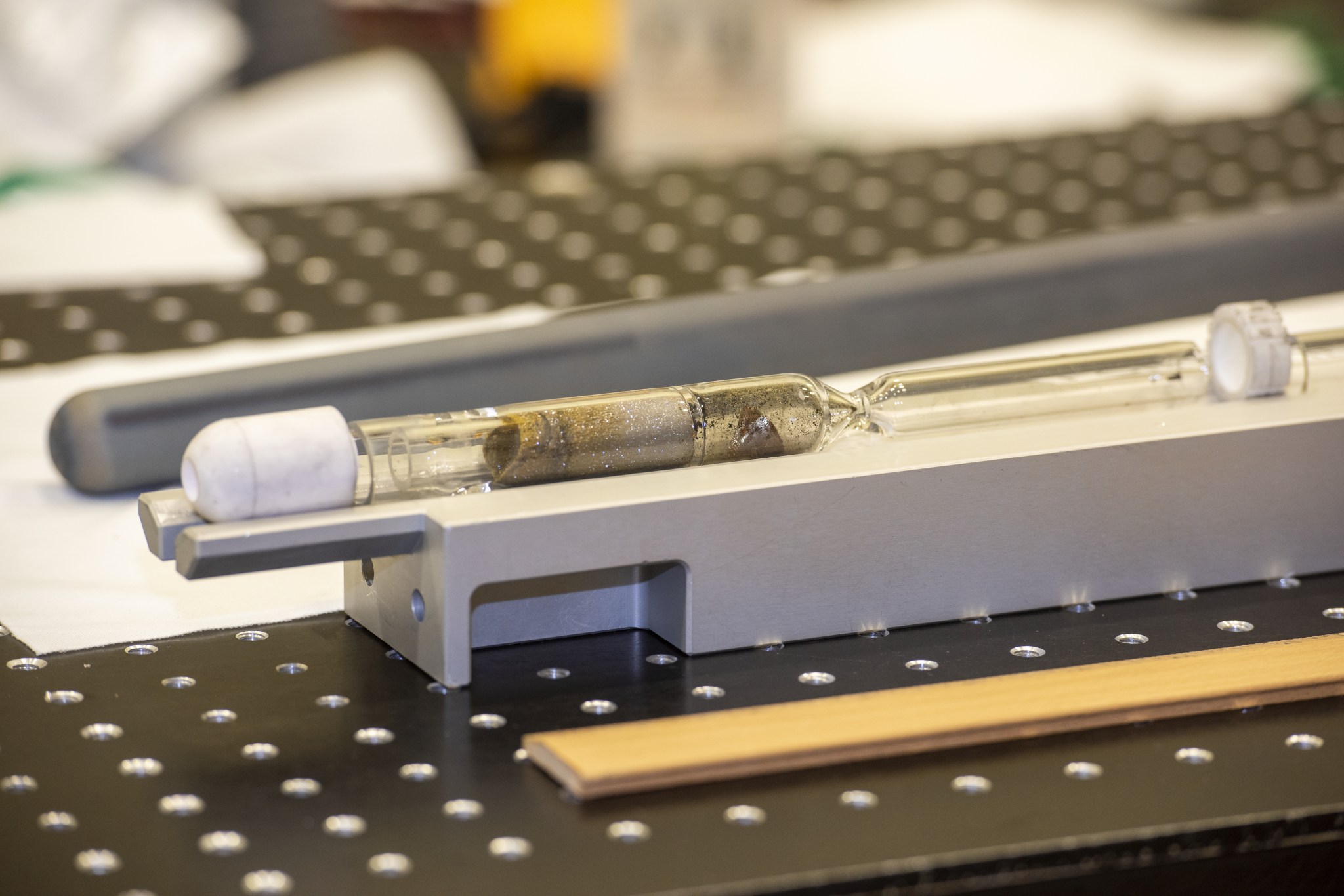
“It’s really nice having that kind of experience when we’re working on the hardware that’s going in space,” he said. “We’ve got a lot of people that are very skilled machinists that are able to help us in a moment’s notice, we have people with a really good understanding of technical tolerances and stuff like that, and we have people with a lot of varying experience doing flight hardware integration and tests.”
For more than two decades, humans have lived and worked continuously aboard the International Space Station, advancing scientific knowledge and making research breakthroughs that are not possible on Earth. The station is a critical testbed for NASA to understand and overcome the challenges of long-duration spaceflight and to expand commercial opportunities in low Earth orbit.
Learn more about the space station at:
https://nasa.gov/international-space-station/
Joel Wallace
Marshall Space Flight Center, Huntsville, Ala.
256-544-0034
What's Your Reaction?



















.jpg?#)























